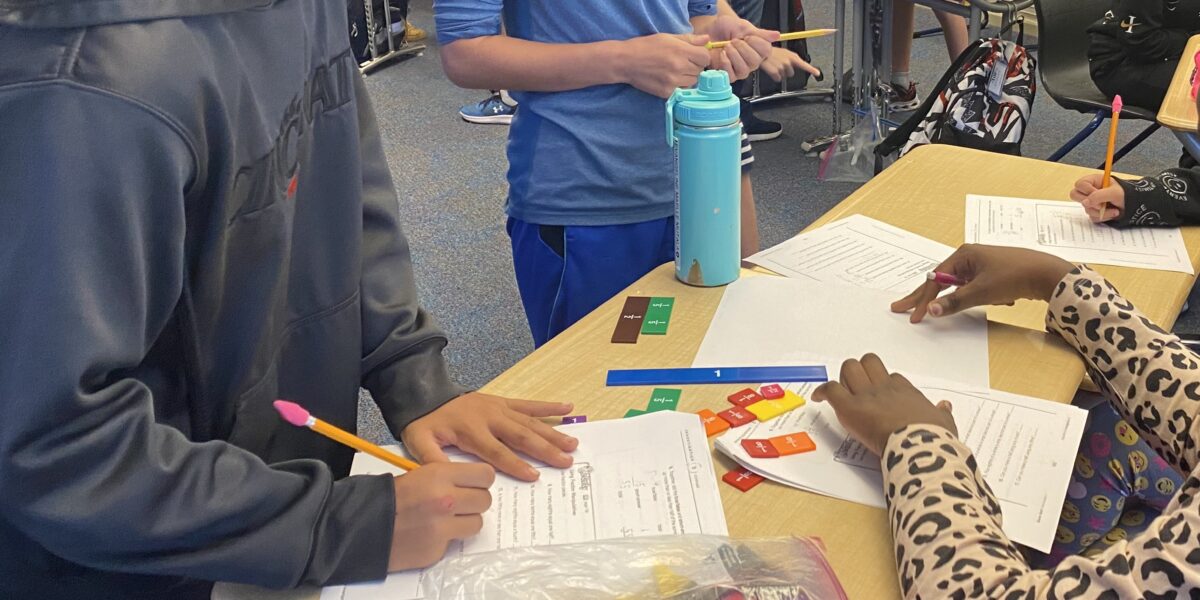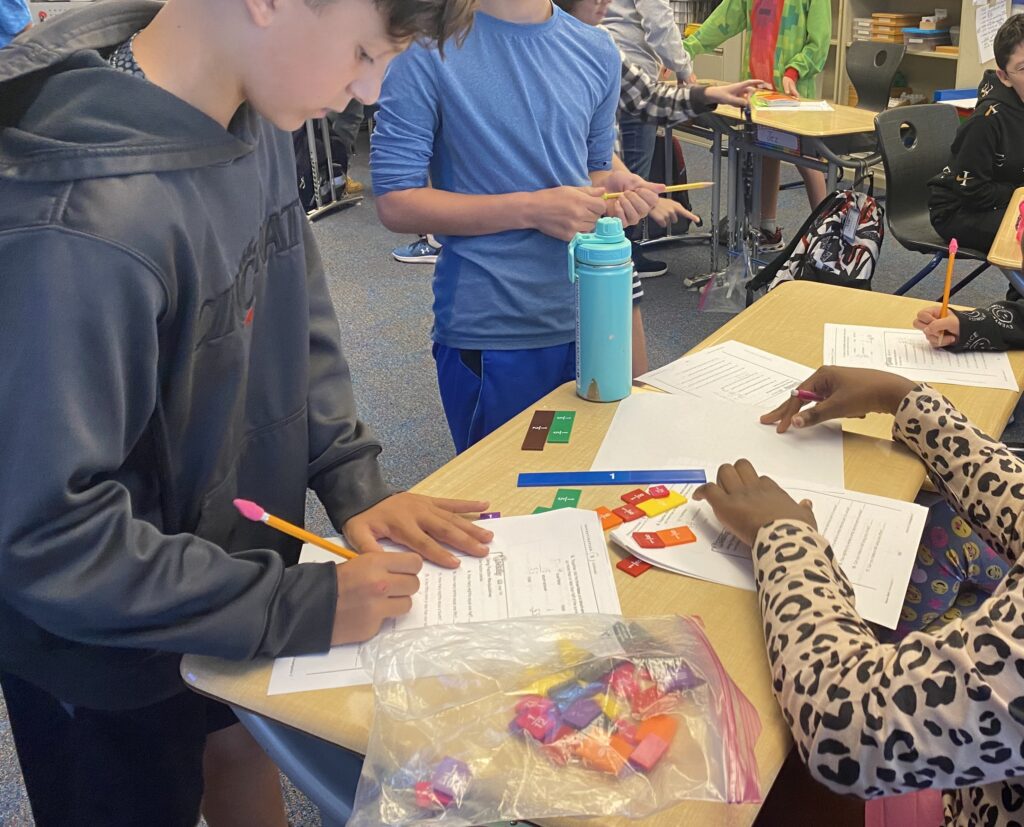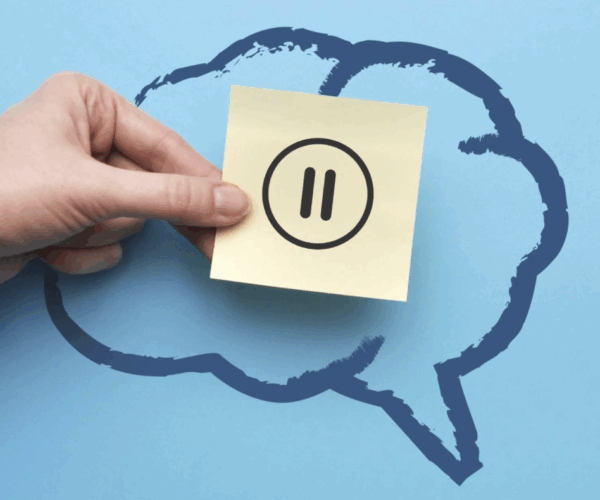
A New Move was the Right Choice
March 15, 2024
Build Your Knowledge!
April 2, 2024
The term, pronounced dis-kal-kyoo-lee-uh, refers to a Specific Learning Disability in the area of Math. It is relatively rare for a student to qualify for an Individualized Education Program (IEP) under Specific Learning Disability only in the area of math. When a child has difficulty with reading, there will usually be spillover into math.
When a student is struggling in math, there are three things to consider – the ability to read and understand the language of math word problems; consistent attention to task; and working memory.
The most common reading-based problem in math is trouble understanding word problems. Students can have difficulty with actually reading the problem and/or discerning what the problem is asking. Math has a unique vocabulary. Subtraction, “take away” and minus all refer to the same operation. When the problem wants you to find the product of 6 and 5, do you add, subtract, divide or multiply? Some students have trouble understanding the key words such as quotient, minus or sum. Many students better understand word problems by drawing the problem and by consulting a list of key words for each type of problem.
Consistent attention is another key to good performance in math. At a young age, some students are inconsistent when they count. When it matters, such as counting out 6 pieces of candy to eat right now, they are accurate. When they are counting the number of trees for a math problem in school, they may not be so engaged. Older students have to accurately line up vertical columns of numbers for multiple-digit problems. Lapses in attention while copying the columns or during regrouping will yield an incorrect answer. Using graph paper for math problems can help with lining up the numbers. Children should be encouraged to consistently check their work and ask themselves if the answer makes sense. For example, the answer “1” does not make sense for the problem “30 – 19.” Taking brief activity breaks during work time can help the student refocus.
Success in math draws on working memory, as the student must recall math facts, remember the sequence of procedures, hold the pertinent numbers in memory, check for accuracy, etc. Knowing the math facts with some automaticity can ease the burden on working memory, even if the student is permitted to use a calculator. While a student may qualify for extra time on high-stakes tests, having to use a calculator for simple problems will still reduce the number of problems he can finish. Practice with flashcards, math games on the computer, and dice games can sharpen those skills. Using a graph to provide a visual representation of improvement across practice sessions builds confidence. There are work-around strategies, such as skip counting for multiplication and Touch Math for addition and subtraction, which can help students who struggle to learn math facts.
For more information on dyscalculia, visit Understood.org.

Blogger Mary Ann Mulcahey, PhD, shares her expertise in assessment and diagnosis of learning disabilities and ADHD, and the social/emotional adjustment to those issues.



